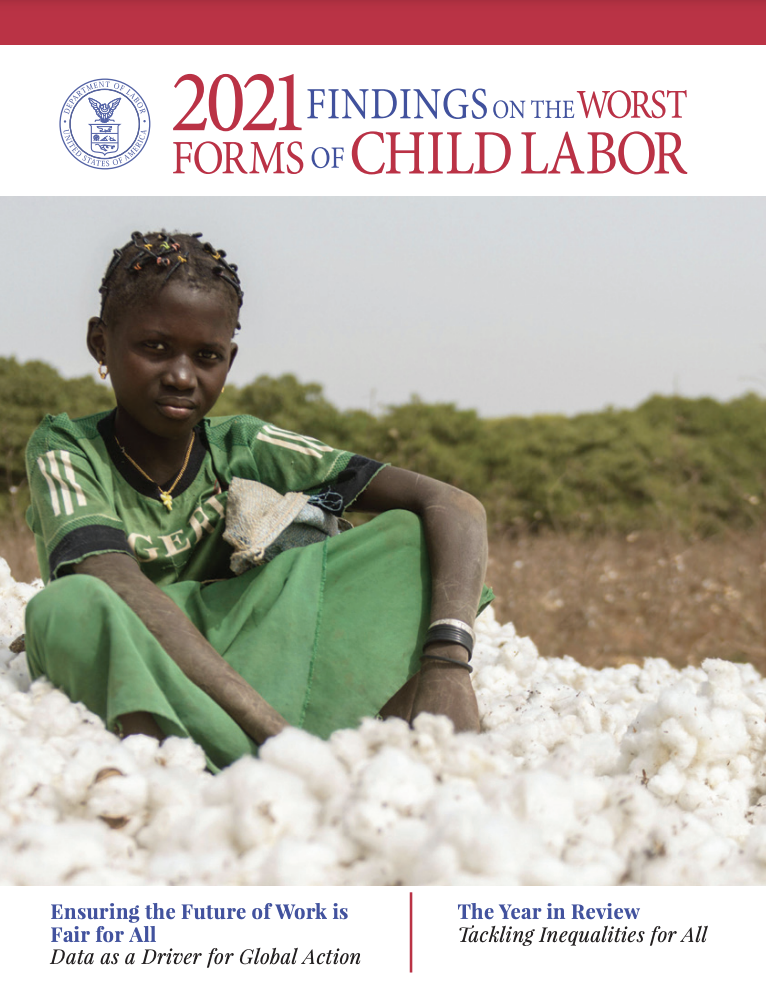The U.S. Department of Labor has prepared the 2021 Findings on the Worst Forms of Child Labor in accordance with the Trade and Development Act of 2000 (TDA). (1) The TDA set forth the requirement that a country must implement its commitments to eliminate the worst forms of child labor for the President of the United States to designate the country a beneficiary developing country under the Generalized System of Preferences (GSP) program (subject to an exception if designation is in the national economic interest of the United States). (2; 3) The TDA also mandated that the President submit to the United States Congress the Secretary of Labor’s findings with respect to each “beneficiary country’s implementation of its international commitments to eliminate the worst forms of child labor.” (1) ILAB carries out this responsibility on behalf of the Secretary.
Country Coverage
This report covers 119 independent countries and 15 non-independent countries and territories designated as GSP beneficiaries. This includes former GSP recipients who have negotiated free-trade agreements with the United States. (4) Because the population of children is extremely small (fewer than 50) or non-existent in the British Indian Ocean Territory, Heard Island and McDonald Islands, and the Pitcairn Islands, the report does not contain a discussion of these three non-independent countries and territories. The 2021 report presents information on child labor and the worst forms of child labor, and efforts to eliminate this exploitation in the remaining 119 countries and 12 nonindependent countries and territories. The use of “countries” in this report includes territories, and because the report focuses on government efforts, non-independent countries and territories are classified by their associated regions.

